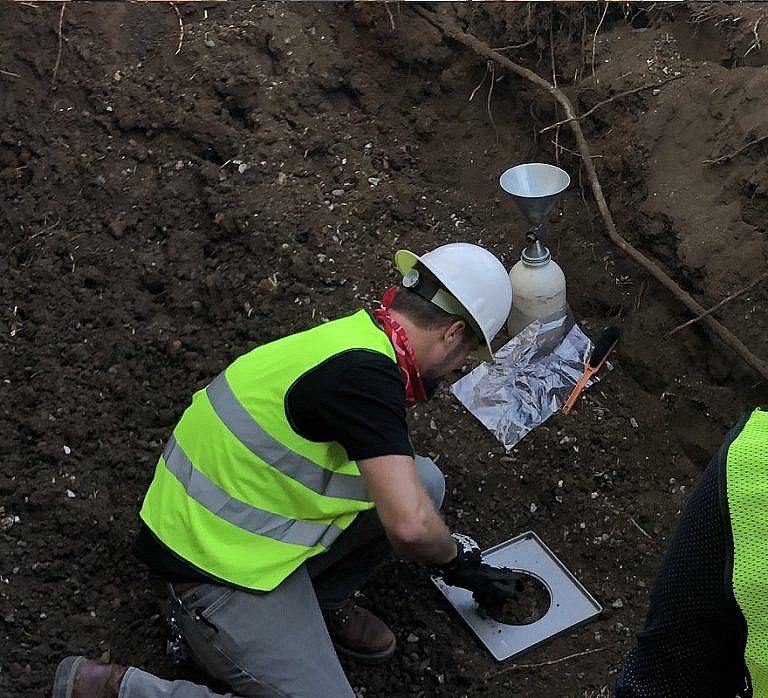Licensed Professional Geologist
A “Licensed Professional Geologist” or a “Certified Professional Geologist” is a person who is certified by a State and/or Federal agency (such as the California Department of Consumer Affairs, Board for Professional Engineers, Geologists & Land Surveyors), and has proven be educated, formally trained and professionally competent per government standards, to practice and hold authority in the fields of geology, geological engineering, geophysics, environmental engineering, and more. Other organizations related to the national and local certification of professional geologists are: the American Institute of Professional Geologists; the National Association of State Boards of Geology; the Division of Professional Affairs/American Association of Petroleum Geologists; etc.


